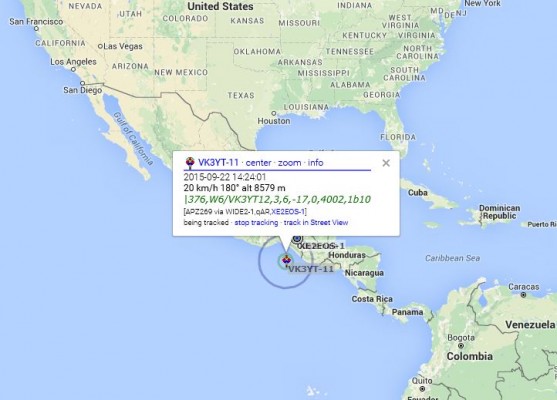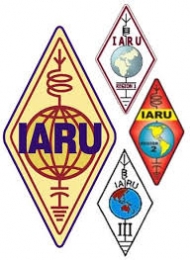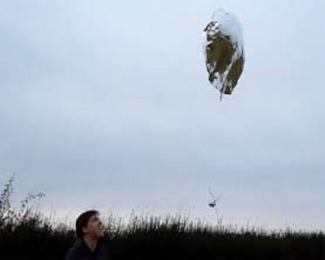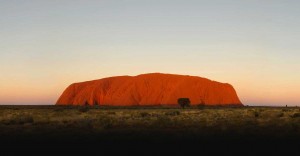 Via ARRL, original story here.
Via ARRL, original story here.
After being postponed several times, nine Chinese satellites carrying Amateur Radio payloads were launched on September 19 at 2300 UTC, separating from the Long March launch vehicle about 15 minutes later. China Amateur Satellite Group CAMSAT CEO Alan Kung, BA1DU, has said that four of the microsatellites and two of the CubeSats included in the launch have been designated as XW-2A through XW-2F. The other three satellites — a CubeSat, a nanosatellite, and a picosatellite — carry the designations CAS-3G, CAS-3H (LilacSat-2), and CAS-3I (NUDT-Phone-Sat), respectively. All of the new satellites have downlinks on 2 meters and uplinks on 70 centimetres. Satellite enthusiasts have been enjoying the sudden surfeit of spacecraft to work.
“So many signals, so little time,” was the observation on the AMSAT-BB from Alan Biddle, WA4SCA, who lives just south of Nashville.
“Very good copy on CAS-3 CW beacons on [XW-2] A, B, C, D, E, F. Strong!” Clayton Coleman, W5PFG, reported from Texas. Not long after launch time, W5PFG and fellow Texan Glenn Miller, AA5PK, worked each other via CAS-3F. He reported the CW beacons were strong on all of the CAMSAT satellites. The CW beacons carry individual call signs for the satellites as well as telemetry in the form of three-character text groups and the word “CAMSAT.”
“CAMSAT will release decoding documents for CW beacon and telemetry very soon,” said Kung.
Edward Chuang, BX1AD, in Taiwan, posted to the AMSAT-BB the text he copied on September 20 at 0938 UTC from XW-2A through XW2-F:
bj1sb dfh xw2 xw2 aaa rtt rur rur ruv tnv r6i rmk rrn ttt rmn tkt rdr ttt ttt 6it ttt tti ttt ttt 6rk vtt camsat camsat
bj1sc dfh xw2 xw2 aaa rtt rrm ru6 rui tnn r6i rmi rrk ttt rk6 tvn rer ttt ttt 6it ttt tti ttt ttt 6uk vtt camsat camsat
bj1sd dfh xw2 xw2 aaa rtt rrn rrm rui tnr r6v rmn rur ttt rk4 t4m eur ttt ttt urt ttt tti ttt ttt uvk vtt camsat camsat
bj1se dfh xw2 xw2 aaa rtt rur rur ruv tmt r6i rnt rur ttt rmt tii far ttt ttt mkt ttt tti ttt ttt t4k vtt camsat camsat
bj1sf dfh xw2 xw2 aaaa irbc kbkc aink iua6 ur6f 64ck aaid vbim im4d 4e4c 4dtt tttt tttt tfn4 tttt kbt4 ikkm dddd dddd dddd dddd dddd dddd camsat camsat
bj1sg dfh xw2 xw2 aaaa iubs kf6t ain4 4fcd tttt 6i4k ari4 4ci6 ik4f 4d4b 4ett tttt tttt tbn4 tttt 4ct4 6kim dddd dddd dddd dddd dddd dddd camsat camsat
The satellites also have been heard in Europe. “Good signals from CAS3-F at 0700 UTC,” reported David Bowman, G0MRF, who was at the Rugby World Cup special event station GB0RWC. He reported contacts with SP5ULN and F1AFZ.
The XW-2 satellites also have been heard in South America and in Southeast Asia. “I received CW beacon from XW-2 during 1108 UTC pass, including CAS-3A, CAS-3B, CAS-3C, and CAS-3D, maximum elevation 72° over Bangkok, Thailand,” Karn Suwanrat, E20ZFD/AA1AF reported on September 20. He has posted a YouTube video.
“Wow, impressive to see all six satellites via SDR on a 4° degree pass,” enthused Mark Hammond, N8MH, in North Carolina. “Bravo, CAMSAT and Alan! Congratulations on a wonderful start of mission.”
Information on all of the just-launched CAMSAT satellites is available on the ARRL website. XW2 predictions are available on the AMSAT website.


 From
From  From
From 